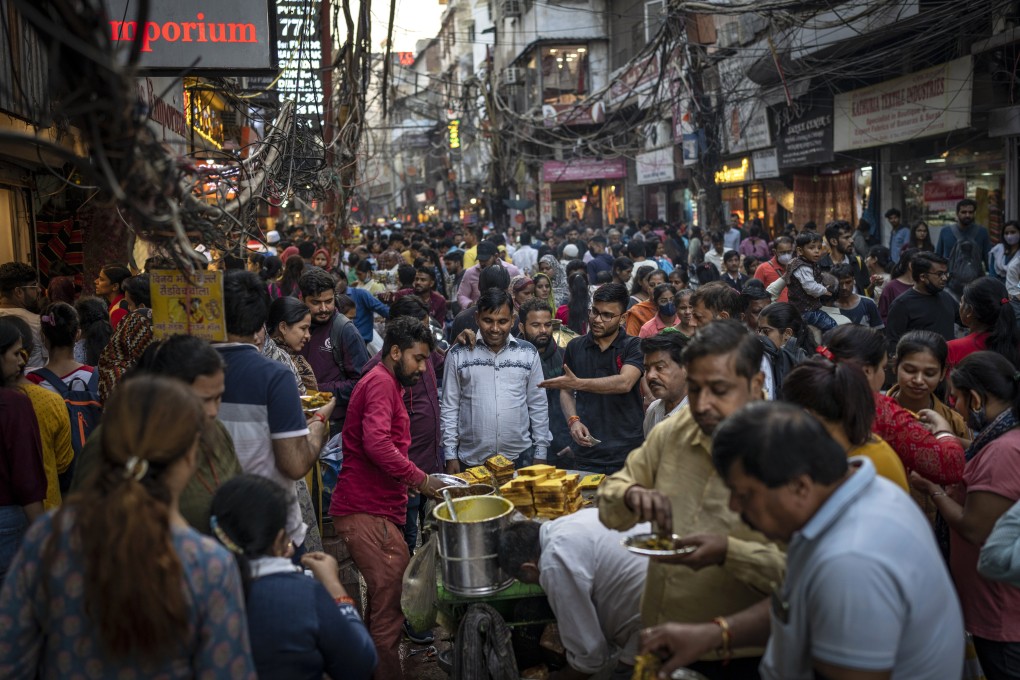Advertisement
Opinion | World population passing 8 billion people is a cry to rebalance global development
- The world is increasingly crowded, with its most populous countries facing challenges to meet demand for quality education and jobs among young people
- Wealthy countries must help lower-income nations ensure reliable access to food, healthcare and jobs as equitable development is in their interest, too
Reading Time:3 minutes
Why you can trust SCMP
3

According to the latest United Nations projections, the world’s population has now reached 8 billion people. That number could grow to around 8.5 billion by 2030, 9.7 billion by 2050 and 10.4 billion by 2100. In 1987, it stood at only 5 billion.
Advertisement
The global population growth rate has slowed from more than 2 per cent in the 1970s to less than 1 per cent today. The drastic demographic transition is mainly a result of the substantial reduction in the total fertility rate, which stood at more than 5 births per woman in the 1960s and was only about 2.3 in 2021.
Furthermore, the reduction in fertility has occurred in all countries but at a different pace. For high-income countries, the total fertility rate was estimated at 1.5 births per woman in 2020 whereas it stood at 4.5 in low-income countries.
Technological advances mean overall food production is sufficient to feed the world. Rather, it is unequal distribution that has caused hunger and famine for too many, especially among the 46 least-developed countries which have some of the world’s fastest-growing populations.
The world’s two most populous regions in 2022 were in Asia. East and Southeast Asia held 2.3 billion people, making up 29 per cent of the global population, while Central and South Asia had 26 per cent of global population with 2.1 billion people. China and India, which both have more than 1.4 billion people, accounted for most of the population in these two regions.
Advertisement
These countries will face challenges in meeting the growing demand for quality education and job opportunities for younger generations. Most of the population is in the age distribution that provides a time-bound opportunity for accelerated economic growth known as the “demographic dividend”.

Advertisement
